WASHINGTON, D.C. — After nearly six decades of service to the American public, the Corporation for Public Broadcasting (CPB) announced that it will wind down operations by the end of the 2025 fiscal year. The move follows a sweeping federal rescissions package and the Senate’s FY 2026 Labor-H appropriations bill, which excluded all future funding for the organization.
The shutdown will result in the termination of most CPB staff positions by September 30, 2025, with a small transition team remaining in place through January 2026 to oversee the closure process.
End of an Era for Public Media Support
The CPB, founded in 1967, has for nearly 60 years played a foundational role in American public media, acting as a crucial financial engine behind major networks such as PBS and NPR, as well as hundreds of local television and radio stations nationwide. Through its funding, CPB supported:
-
Educational programming
-
Locally produced journalism
-
Emergency communication infrastructure
-
Cultural content that reached Americans across rural and urban areas alike
In a public statement, CPB President and CEO Patricia Harrison acknowledged the loss:
“Despite the extraordinary efforts of millions of Americans who called, wrote, and petitioned Congress to preserve federal funding for CPB, we now face the difficult reality of closing our operations.”
She added,
“CPB remains committed to fulfilling its fiduciary responsibilities and supporting our partners through this transition with transparency and care.”
Transition Plan and Final Responsibilities
Although the majority of CPB’s work will halt at the close of the fiscal year, the transition team staying on through January 2026 will handle:
-
Legal and financial closeouts
-
Final funding distributions to media partners
-
Resolution of long-term obligations, including music licensing agreements, which have been a critical element in allowing public stations to broadcast music without incurring individual licensing costs
The organization will also provide ongoing guidance to local stations and producers during the transition.
Local Stations React: WDIY and Others Face Uncertain Futures
The announcement has sent shockwaves through the public media system. One of the most vocal responses came from WDIY 88.1 FM, a public radio station serving Pennsylvania’s Lehigh Valley. In a statement, WDIY expressed profound concern, calling the decision to defund CPB a “deeply troubling moment” for public media and democracy at large.
“This unprecedented decision ends more than 60 years of bipartisan support for an institution that plays a vital role in serving the American public,” said WDIY in its statement.
The station highlighted the practical consequences of the decision, noting that CPB funding accounts for 15% of its annual budget—around $111,000. Without that money, WDIY faces severe operational challenges:
-
Risk of losing up to 75% of airtime due to the possible collapse of CPB-negotiated music licensing
-
An increased burden on a small staff and 130+ volunteers
-
A dramatic shift in the scope and reach of emergency alerts, local news, and cultural programming
Still, WDIY reaffirmed its mission to remain a trusted source for the community:
“We are not giving up. WDIY has proudly served the Lehigh Valley for 30 years, and we are doing everything in our power to ensure we can continue to be a trusted source for information, culture, and connection.”
A Blow to Public Infrastructure and Civic Values
Critics of the federal funding cut argue that the dismantling of CPB impacts more than media content—it strikes at the infrastructure that provides emergency communications, ensures non-commercial education, and fosters civil discourse.
Patricia Harrison emphasized this in her remarks:
“Public media has been one of the most trusted institutions in American life, providing educational opportunity, emergency alerts, civil discourse, and cultural connection to every corner of the country.”
She also extended gratitude to CPB’s partners for their continued resilience and commitment to public service in the face of daunting uncertainty.
What Comes Next?
With the formal closure now underway, CPB’s Board of Directors and executive leadership are working to ensure that legal, financial, and operational procedures are followed appropriately and that all contracts and obligations are honored. These include:
-
Final grant and fund disbursements to stations
-
Legal processing of long-term contracts
-
Closure of music rights agreements to avoid future legal disputes for stations
At the same time, local public media stations across the country are scrambling to reimagine their futures, identifying alternate revenue sources, pursuing private donations, and considering structural changes to survive the loss of CPB funding.
Legacy of the CPB
Founded in the wake of the Public Broadcasting Act of 1967, CPB was designed to serve as a buffer between the federal government and media content, ensuring editorial independence while enabling public stations to serve communities regardless of commercial interests.
Over the years, CPB’s funding has supported:
-
Sesame Street and other children’s educational programming
-
Ken Burns documentaries and cultural programming
-
Local investigative journalism
-
Rural access to news and education
-
Nonpartisan election coverage and civic education
Now, as CPB prepares to shutter its doors, the question remains: Who will fill this massive void in America’s public information ecosystem?
Final Words
As CPB winds down, public media faces one of the most significant transitions in its history. Stations like WDIY are holding the line with limited resources, and countless others are bracing for an uncertain future.
For the millions of Americans who rely on public broadcasting—not just as a source of news, but as a vital piece of civic infrastructure—the loss of CPB represents more than budget cuts. It symbolizes a shift away from shared national values of accessibility, trust, and service, and a deep questioning of what kind of media landscape we are willing to support in the years ahead.

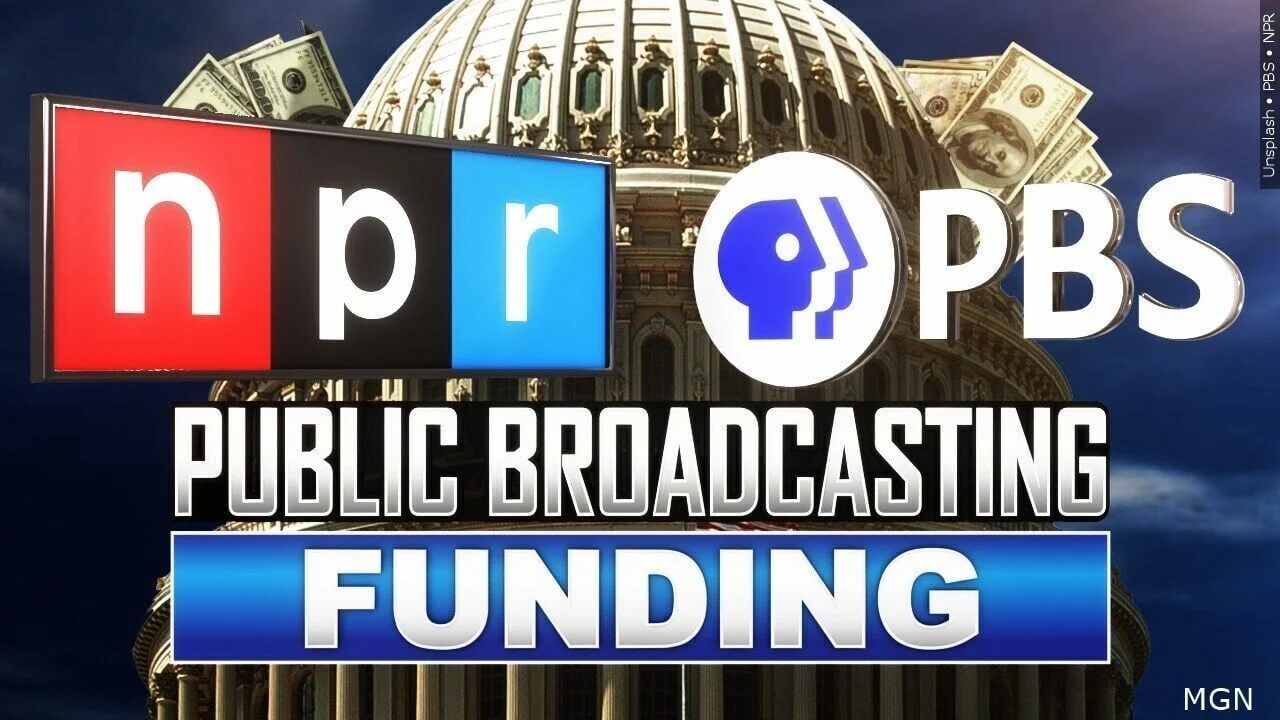

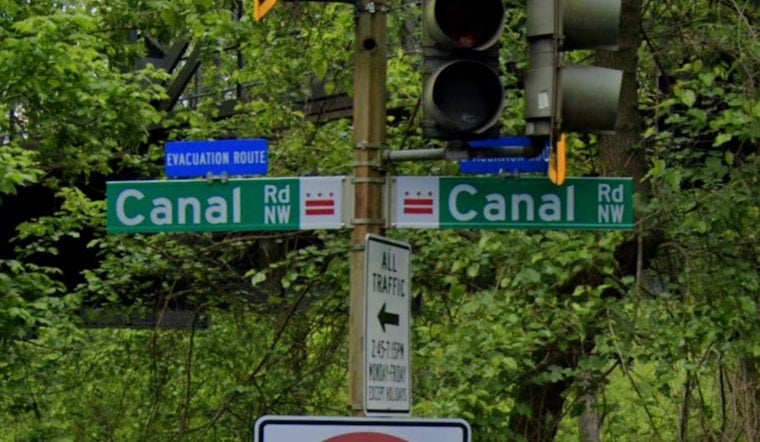
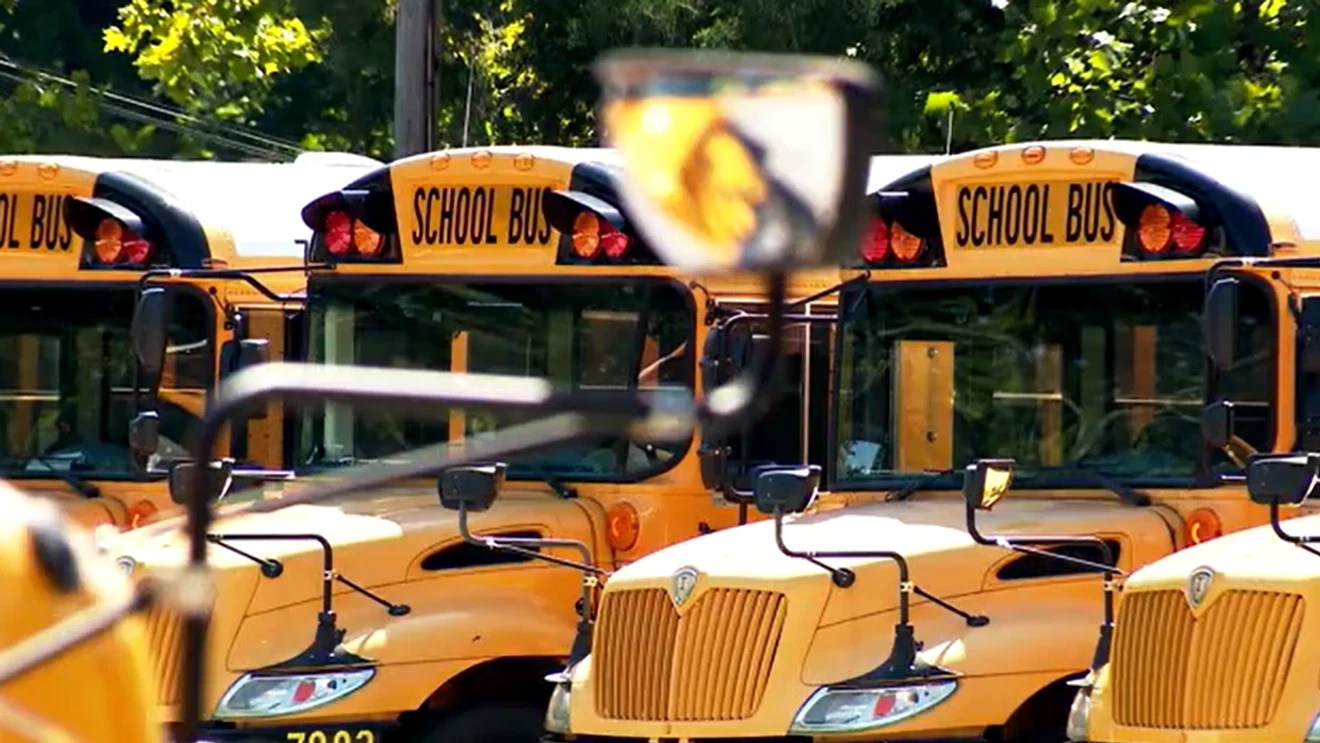

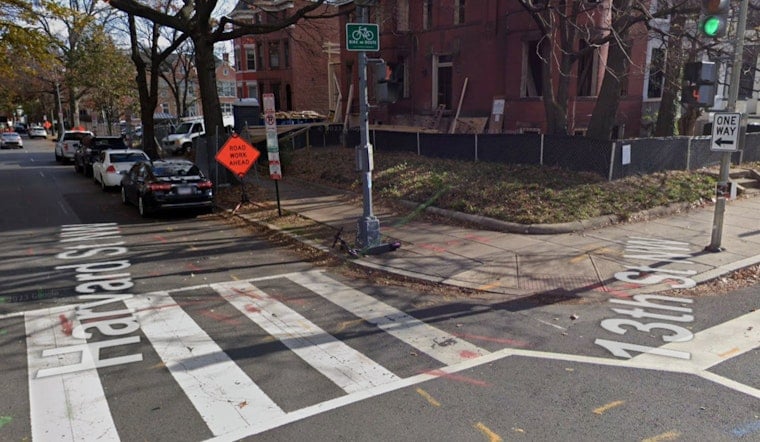

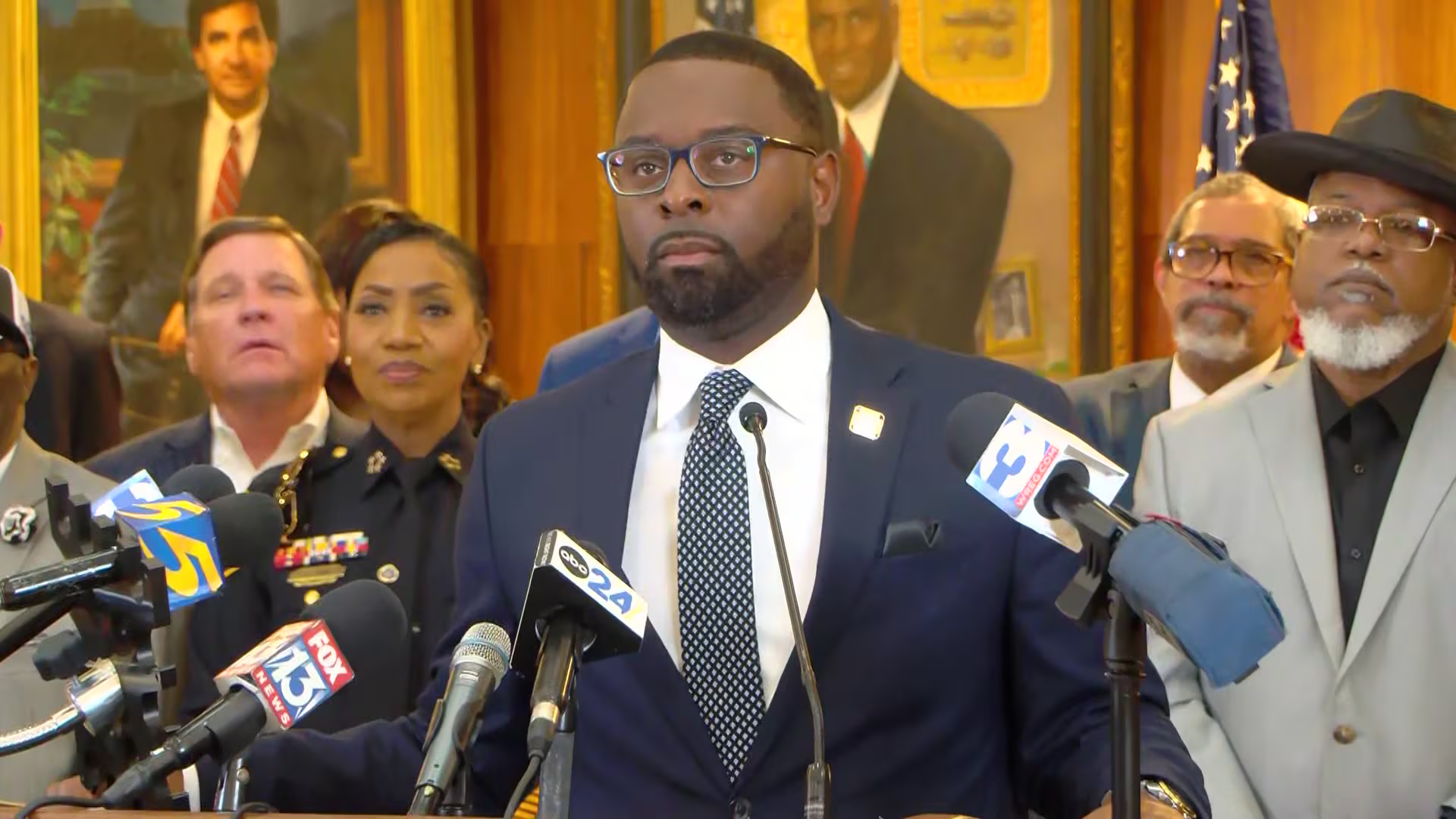
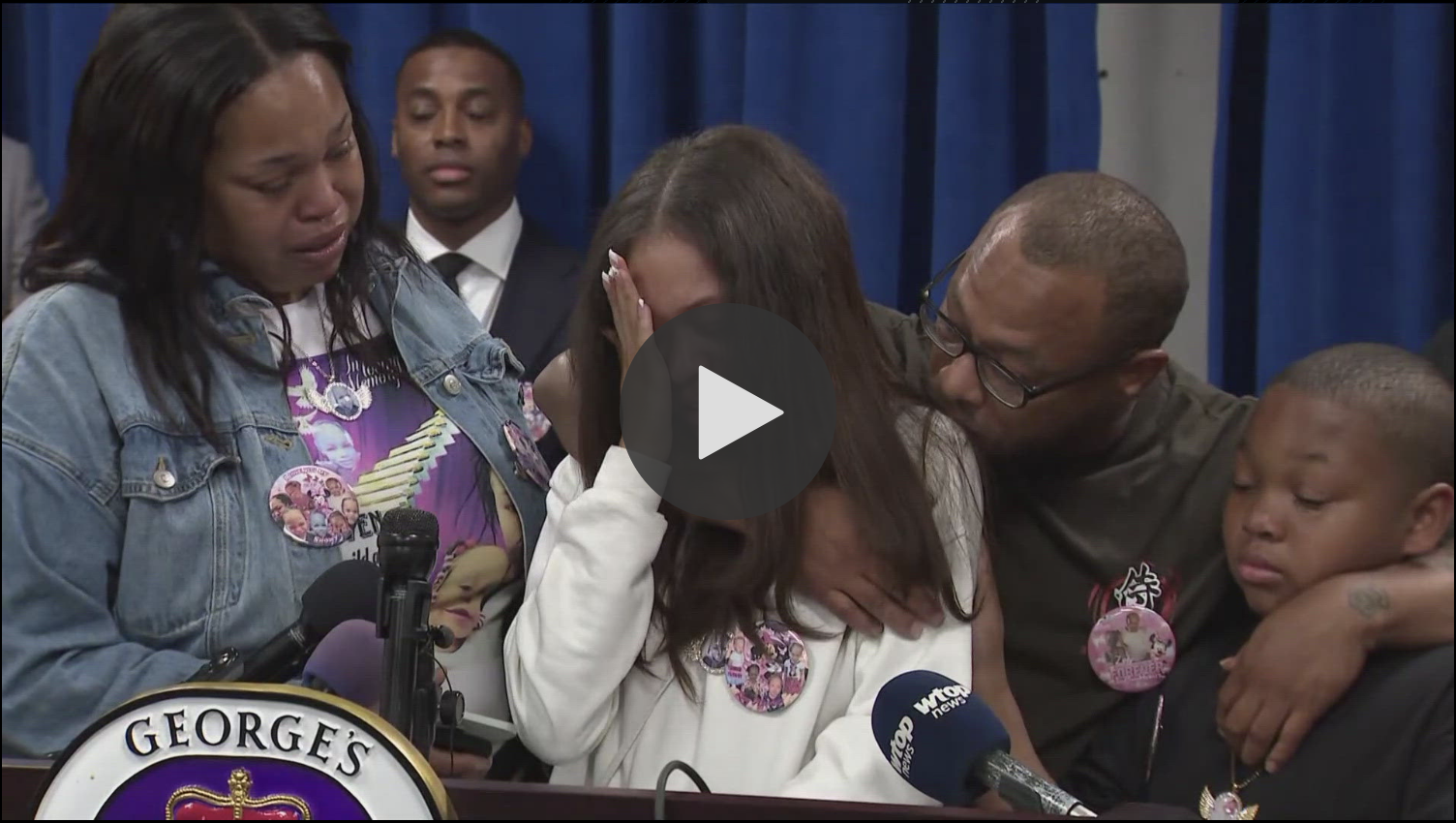

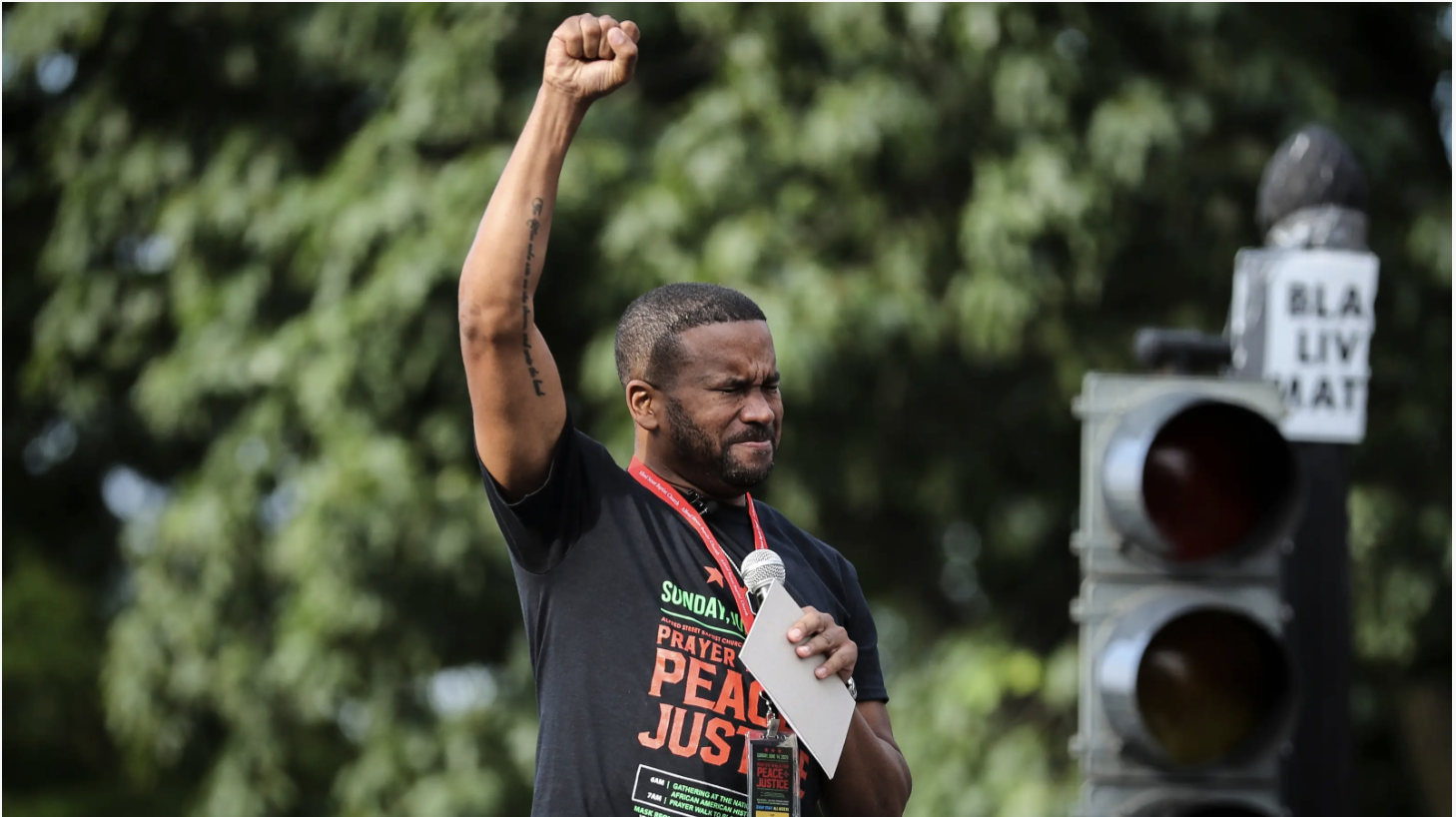
Leave a Reply